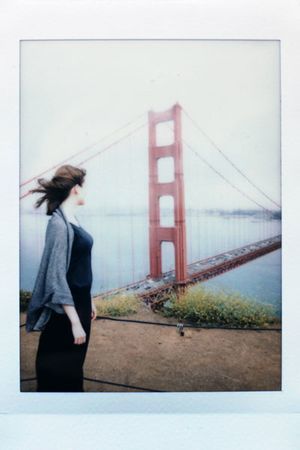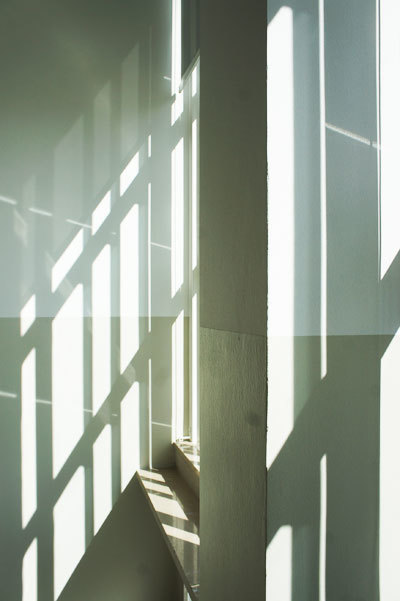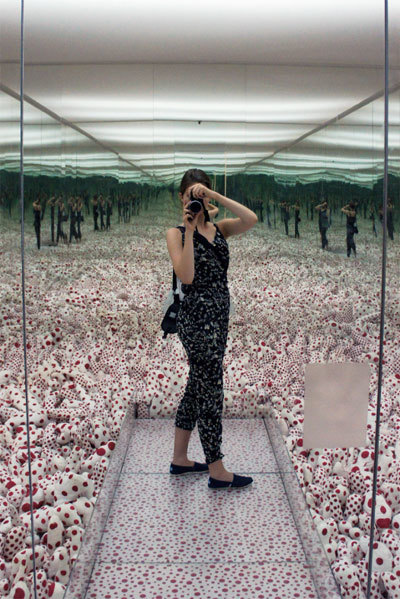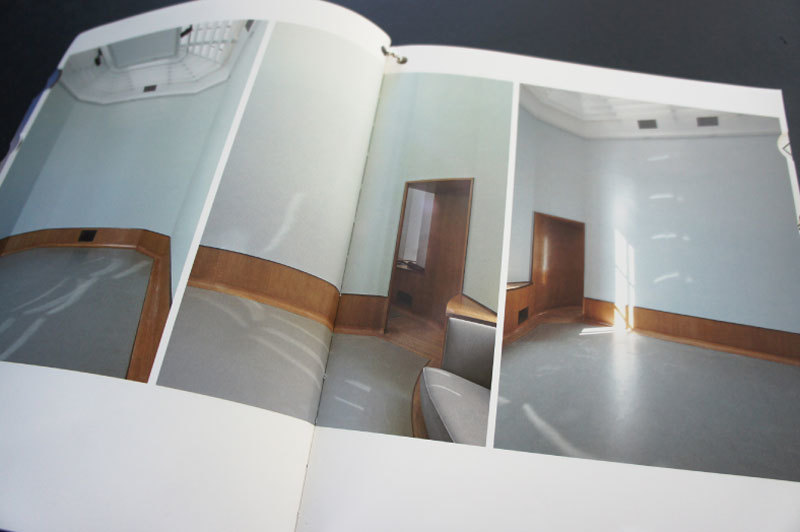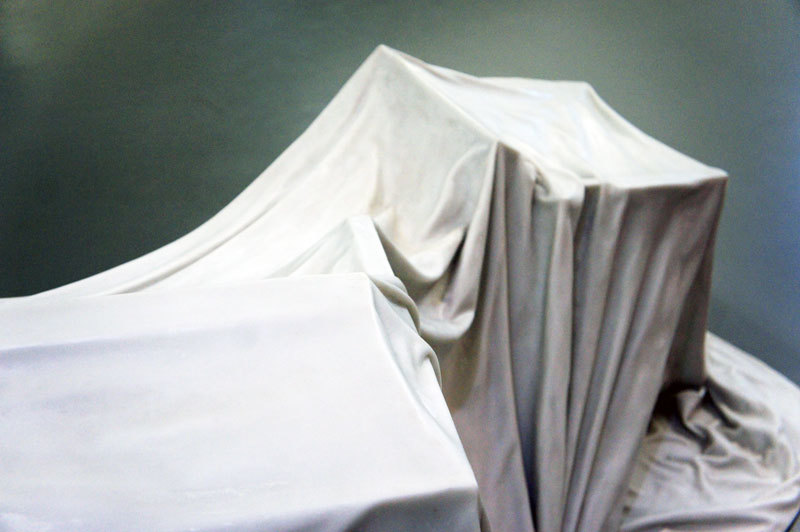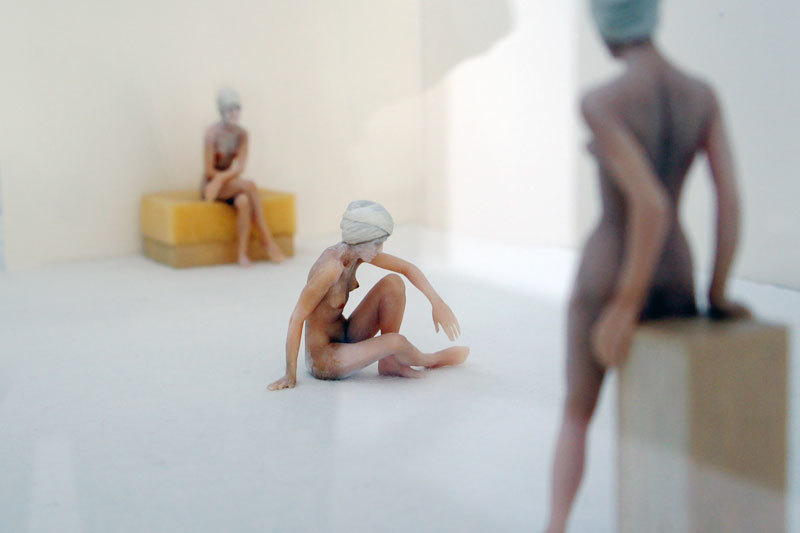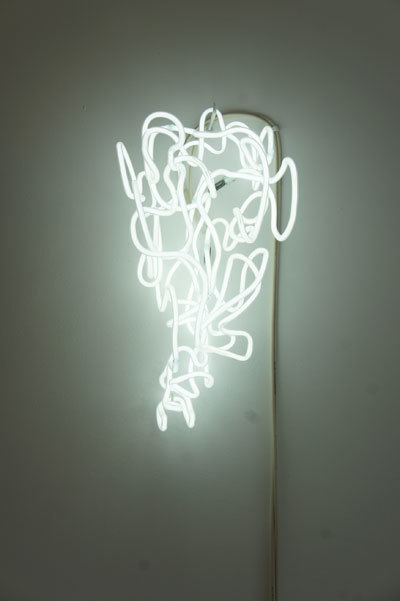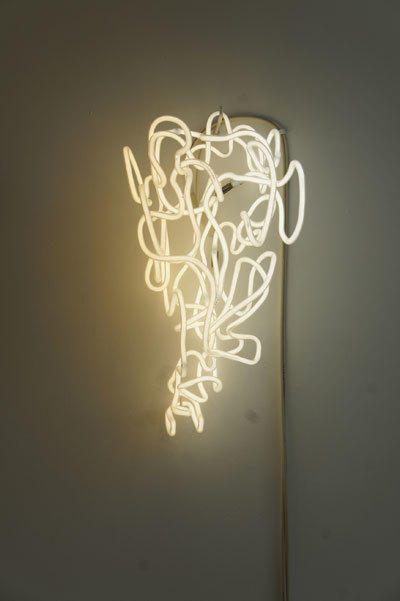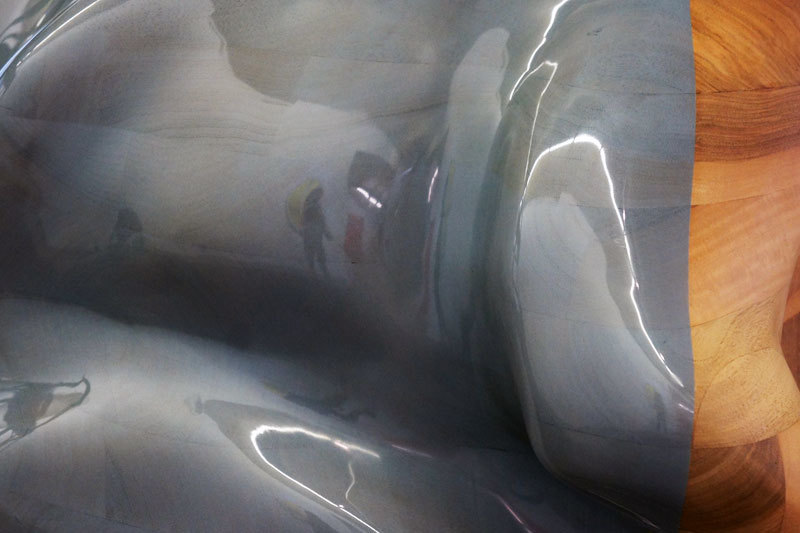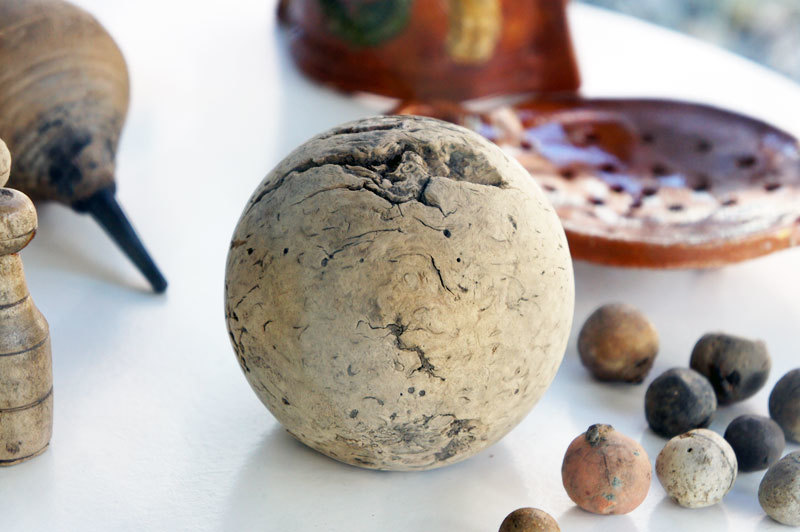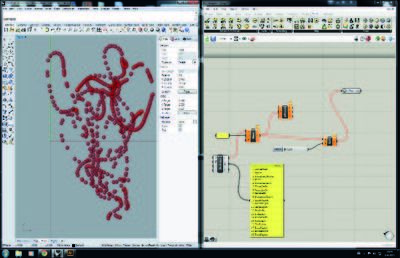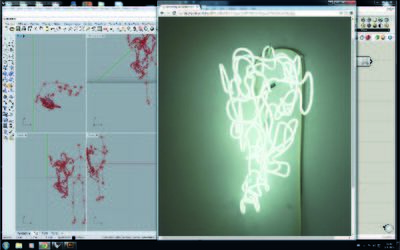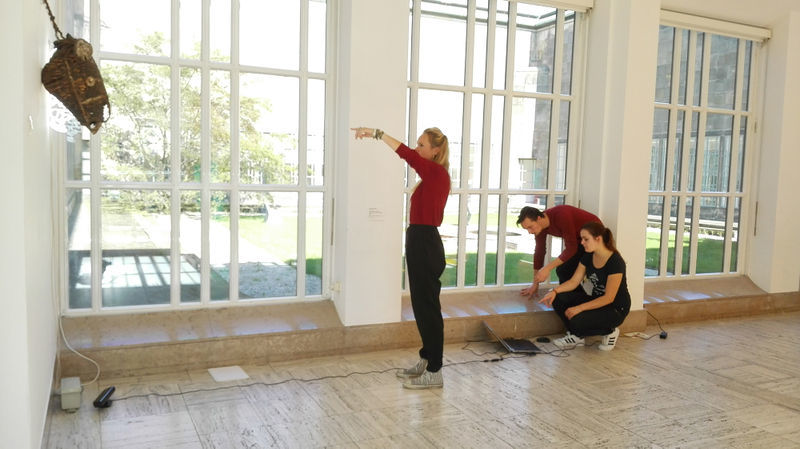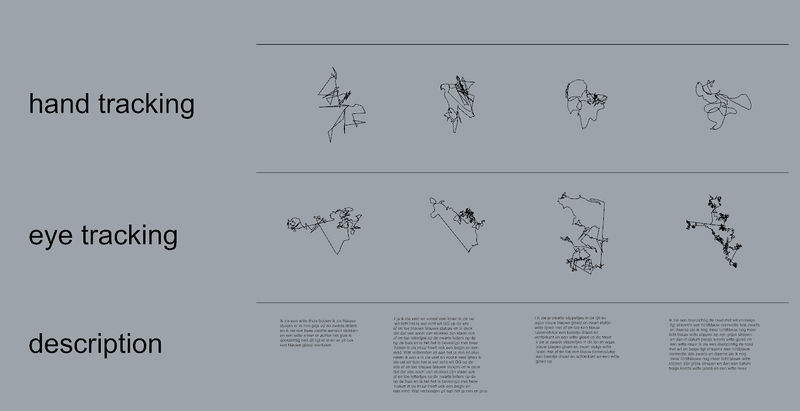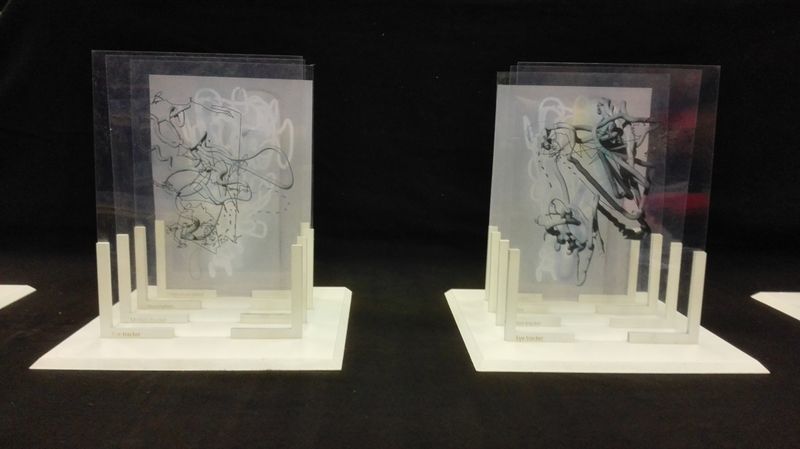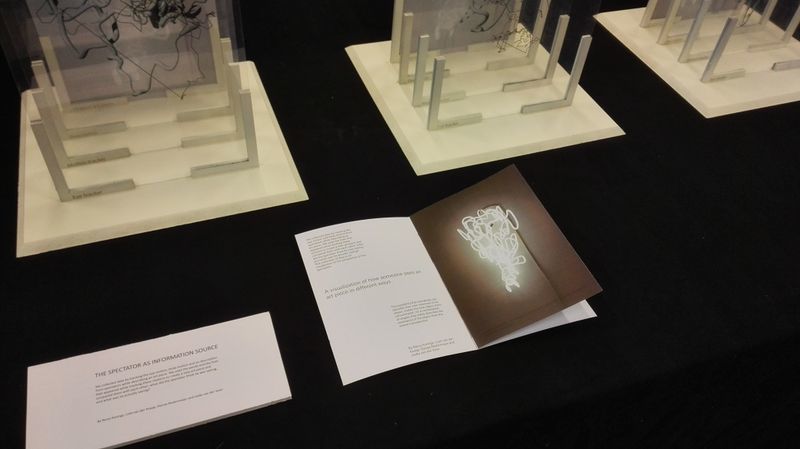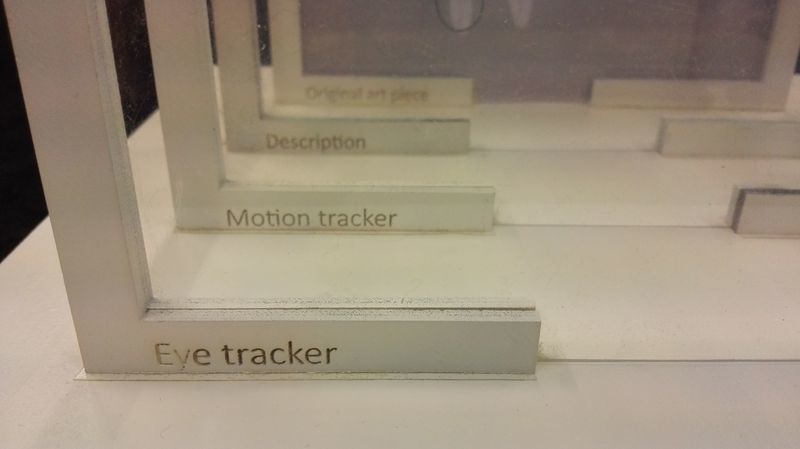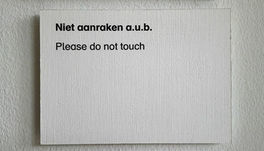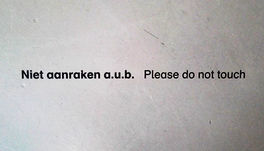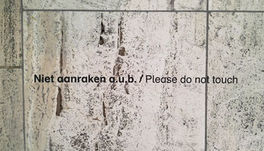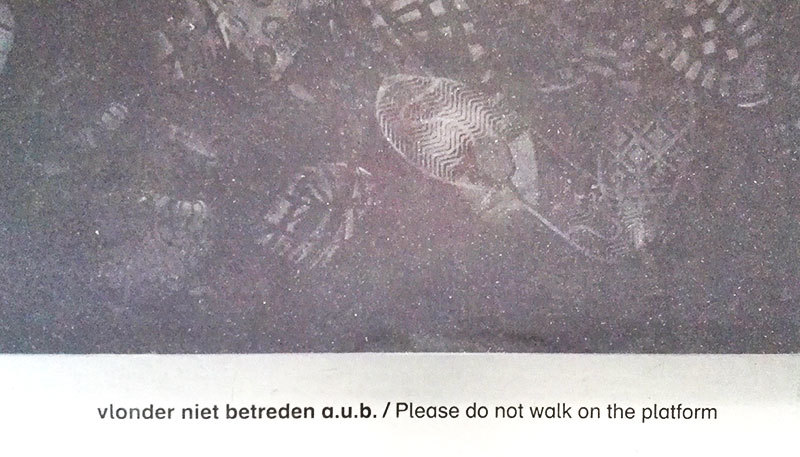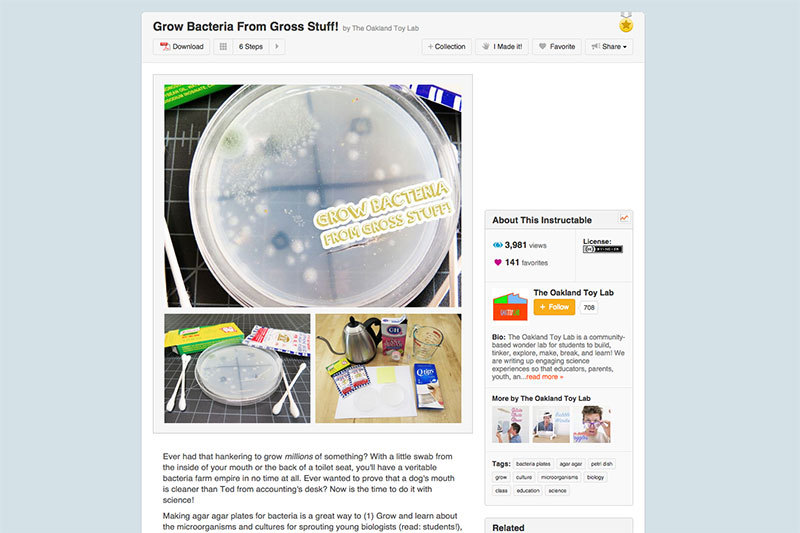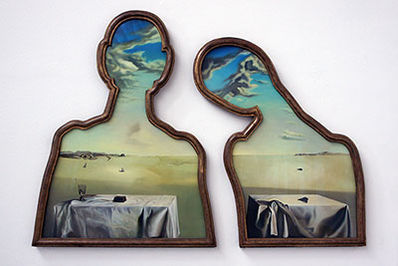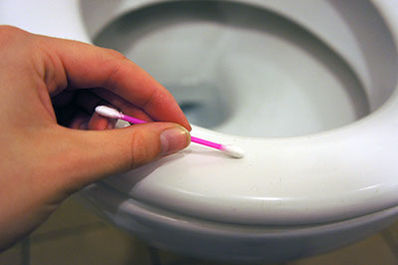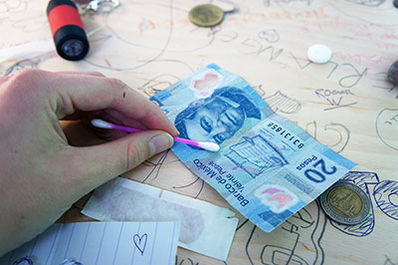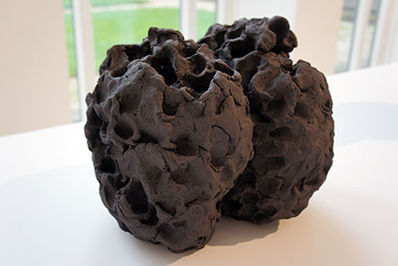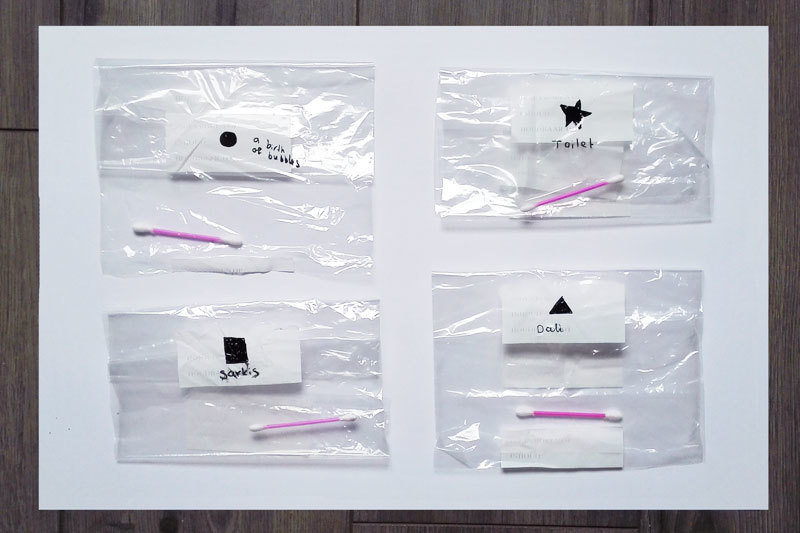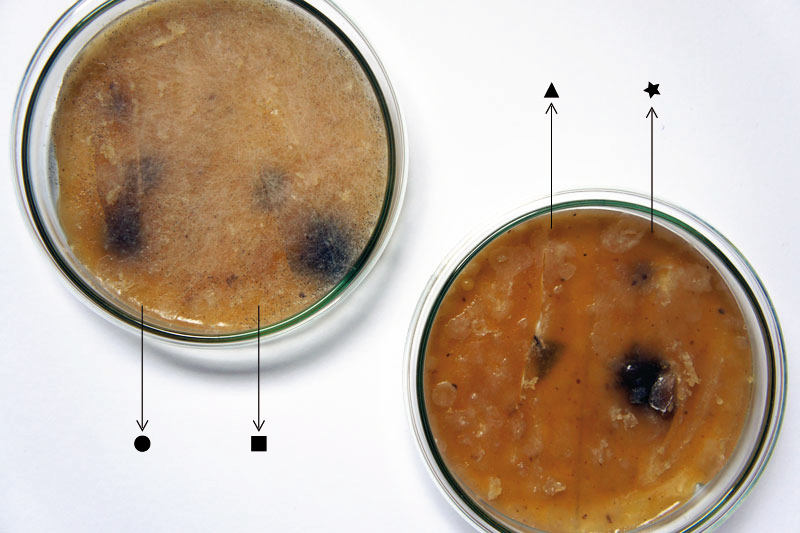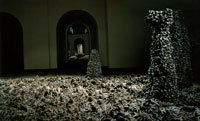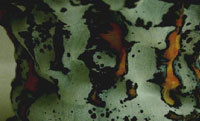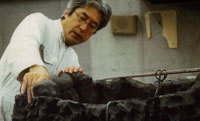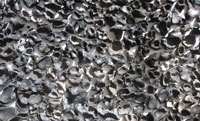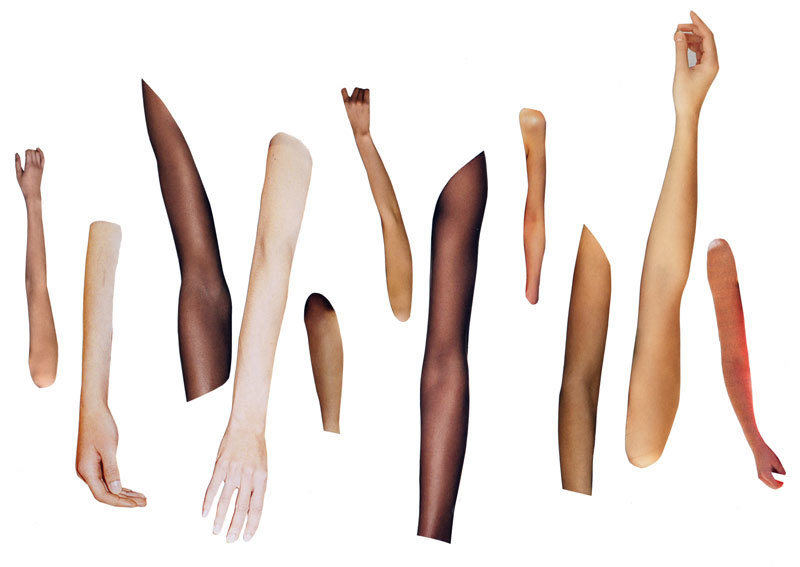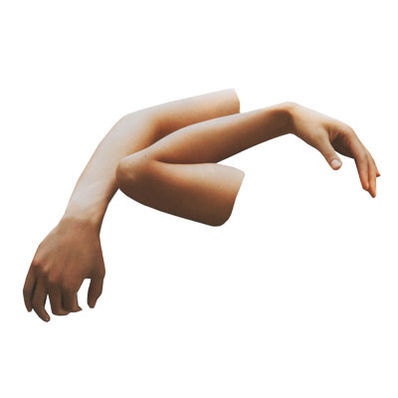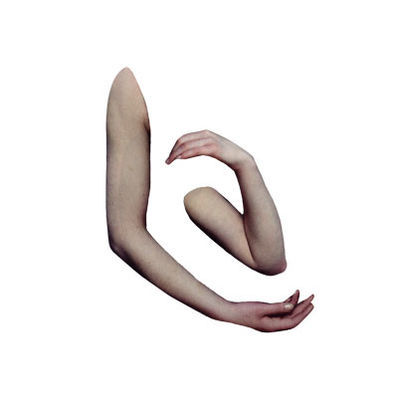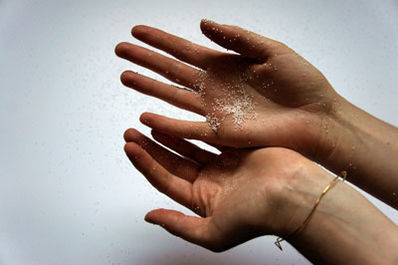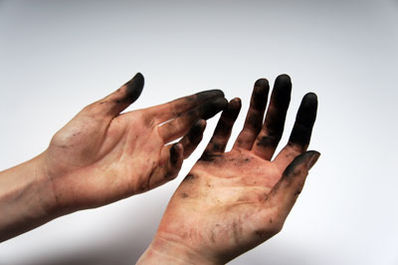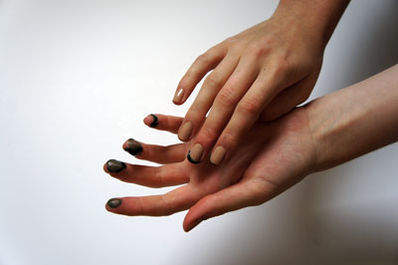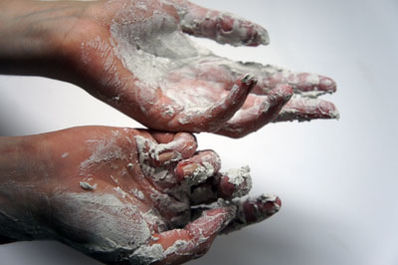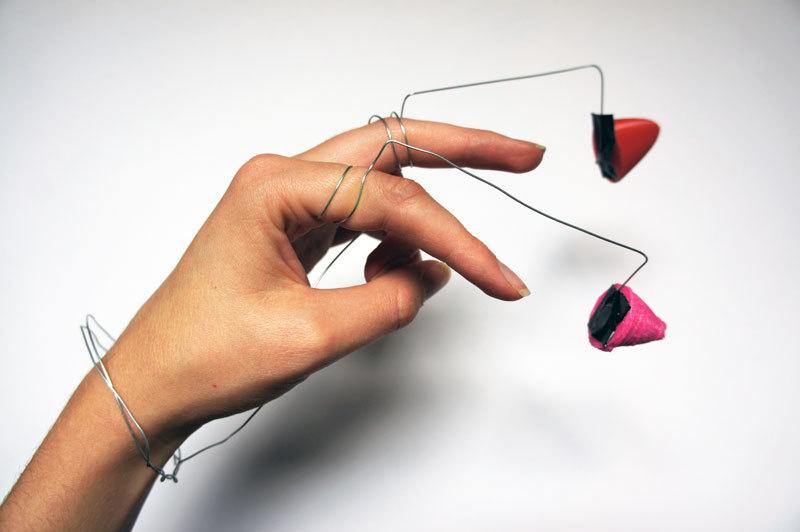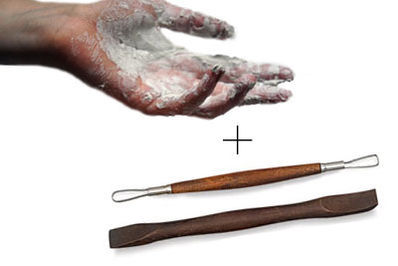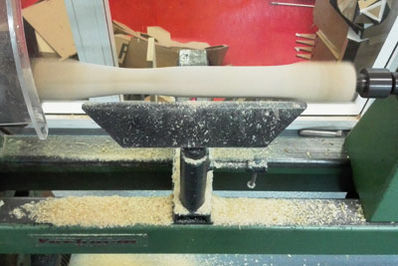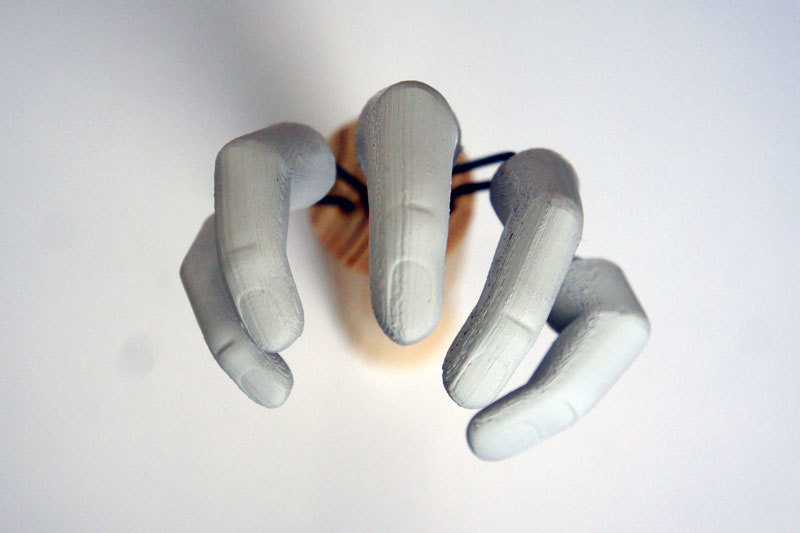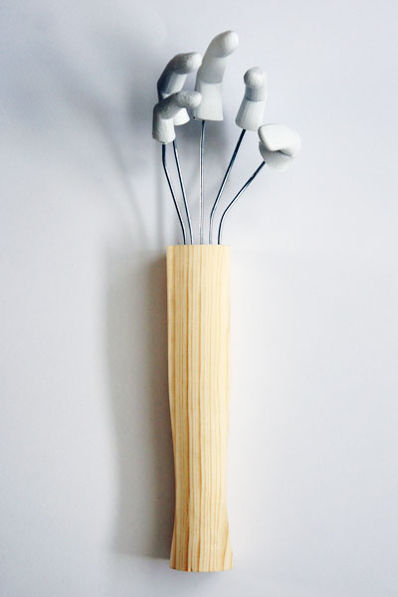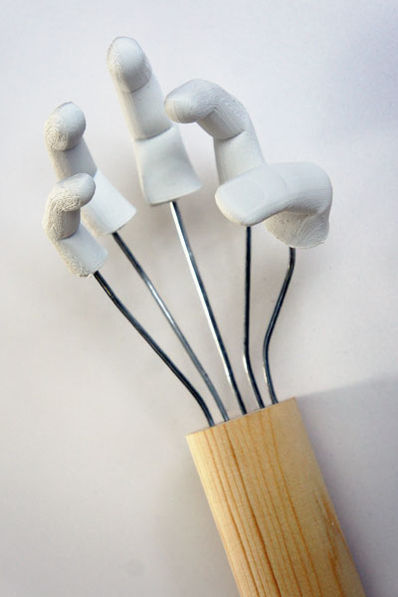User:0862093
Contents
ABOUT
Joeke van der Veen | 0862093 | Lifestyle & Design
Minor 2015 2016
UNRAVEL THE CODE 2014/2015
PROJECT WEEK: PICTURES BOIJMANS
Architectural detail | moving object from collection | special find from the library | curious form | representative of my craft |
exhibited moving object | curious texture | pre-industrial object
PROJECT WEEK: STEALING FROM THE MUSEUM
The spectator as information source.
We collected data by tracking the eye motion and body motion from spectators while describing an art piece.
We used the lines that appeared while tracking these motions to create a new art piece. This art piece is an visualization of the perspective of the spectators.
Tracking the body and eye movements while looking at an art piece:
Collecting data at the Boijmans:
Results data:
Results exhibition:
Group page:
Stealing From The Museum/thecriminals
TOOLS & TECH WORKSHOPS
Workshop 1, measuring resistance:
FANTASTIC FORGERIES: RESEARCH
Choosing an artefact:
Which artefact challenges me, but also other visitors of the museum, the most to ignore the 'please don't touch' sign and secretly touch the artefact to experience the texture of it?
Materials and textures are important elements of my work and craft process. I believe that you have to 'see with your hands' to fully experience an artefact.
To get an answer to the question above I sampled the bacteria from different artefacts of the Boijmans van Beuningen Museum, by using this tutorial.
With this data I hoped to examine which artefact was touched the most by visitors.
Instructable I used to understand how to sample and grow bacteria:
Sampling bacteria from the following artefacts and objects:
Salvador Dalí - A Couple with Their Head Full of Clouds, 1936
Toilet - to compare the results of the artefacts with
Sarkis - Respiro, 2015
Satoru Hoshino - A Birth of Bubbles II, 2012 (busted by security!)
Update bacteria September 21:
Final choice:
While rubbing my q-tip on the surface of the ceramic artefact 'Birth of Bubbles II' I got busted by a security worker of the museum.
This made me realize how strange it is that you are not allowed to touch it.
The artefact 'Birth of Bubbles II' is, according to the description of the sign, a representation of the artists' contact with the soil.
But as a spectator you can only look at the artefact and think about the artist's experience of the soil, not experience it yourself.
By reproducing this artefact I want to experience the material myself by using the same technique with other materials.
Research artefact:
Satoru Hoshino - A Birth of Bubbles II, 2012
The Studio of this Japanese ceramic artist was destroyed by an earthquake in 1986.
Since then he sees the material as a symbol of the power of nature.
“I engage in a dialogue with the clay as it sits in from of me, as a soft, flexible lump of matter. This dialogue is carried out through a form of body language: the primitive action of pressing parts of my body against the body of the clay. This is not a relationship in which I am active and the clay is passive, even if I am the first to speak. The dialogue can only take place if I empathise with the material, adjusting myself to the time contained in the clay and the rhythms of nature." - Satoru Hoshino
“It is essential to understand that he does not treat clay simply as a material. His encounter with clay as a physical substance is more primal and fundamental." - Arata Tani
FANTASTIC FORGERIES: REPLICA EXPERIMENTS
Research to the forms and shapes of hands,
because hands are important elements of the artefact 'Birth of Bubbles II' (self-made images):
Research to marks from materials on hands (self-made images):
Prototype #1:
A protoype made from 3D printed 'fingertips' based on the fingerprints you can see in the artefact,
placed before your real fingertips so you don't have to touch the material with your hands while editing the material.
How to improve: making the prototype stronger so you can really use it, making a more detailed replica of fingertips so it actually looks like fingertips.
Prototype #2:
A 'hand-tool' inspired by the combination of clay working tools and hands.
First I used the craft 'woodturning' on a lathe to make a handgrip, then I printed five fingers.
Inspiration and woodturning on the lathe:
'Hand-tool':
Written assignment: (Re)open Design
Orientation
1. What is your craft?
Open Design.
2. What are the tools and media of your craft?
Sharing communities: Instructables, Thingiverse, Wikipedia, Lynda.
Open workstations: Fablab (examples: Stadslab Rotterdam, WAAG Amsterdam), hackerspaces, TechShops.
Open source: Ultimaker, Arduino, Processing, UP.
3. What are the borders of this practice?
Other disciplines then digital fabrication: OS car.
4. Connect to a historical discourse and give concrete examples of contemporary practitioners.
Historical discourse: copy rights, copy left, GPL by Richard Stallman, Creative Commons.
Contemporary practitioners: Eric J. Wilhelm (founder Instructables), Sam Haynor (Artist in Residence at Instructables),
Randy Sarafan (Design Studio Manager of Instructables), Studio Droog (downloadable design), David Sjunnesson (box creator)
5. Define your position of your practice in relation to newer technologies.
Involving open design into my work process, by documenting and sharing my experiments and making use of newer technologies
and open workstations and sharing communities.
'Openness is more than a commercial and cultural issue, it's a matter of survival.' - John Thackara
'A tutorial is an involved interactive design task.' - Mushon Zer-Aviv
'Finally, the ordinary person is in the unique position of being able to make almost anything, with off-the-shelf modules, parts community and shared code.' - Bre Pettis
Sources:
Fab Lab
Fab Lab Charter
Hackerspace
TechShop
Open Design Now
Instructables
OS Car
Research
Book: Re-inventing the Art School
21st century
Essay #4 The Need for Open Design
Peter Toxler
Open Design is:
- A participative method which invites users to modify a design
- A dynamic, iterative and social design process
- From a self-reflective to a collective-reflective practice
Chapter 1: Industrial Heritage
- Jamer R. Beniger: 'Control Revolution' (a development of information processing and communication technologies
for controlling the energy and flows of materials within the industry.
- Created new qualities of experiences
- Contingent possibilities as to how the conflicting demands of social, political and economic interests
engage with technology to produce a 'choice'.
